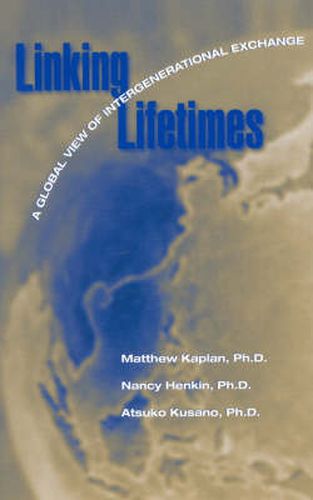Readings Newsletter
Become a Readings Member to make your shopping experience even easier.
Sign in or sign up for free!
You’re not far away from qualifying for FREE standard shipping within Australia
You’ve qualified for FREE standard shipping within Australia
The cart is loading…






In many developing and post-industrialized nations, there are powerful demographic and social changes that are endangering the natural ways that old and young have traditionally interacted. The current growth in the young and elderly segments of the population, of most countries, is leading to new challenges in terms of providing health care, education, financial support, and social support systems for the young as well as the elderly. An important set of strategies for addressing these trends and the quality of life concerns they generate is the facilitation of intergenerational programs. The National Council on the Aging has defined ‘intergenerational programming’ as ‘activities or programs that increase cooperation, interaction or exchange between any two generations.’ In Linking Lifetimes, the contributors explore the range of intergenerational programs and policies found across the globe, and examine their role in ensuring the transmission of cultural values from generation to generation. By illustrating the rich diversity of intergenerational program models, the contributors discover how the common goal of promoting intergenerational interaction and understanding unfolds into differential trends, social issues, and human service systems.
$9.00 standard shipping within Australia
FREE standard shipping within Australia for orders over $100.00
Express & International shipping calculated at checkout
In many developing and post-industrialized nations, there are powerful demographic and social changes that are endangering the natural ways that old and young have traditionally interacted. The current growth in the young and elderly segments of the population, of most countries, is leading to new challenges in terms of providing health care, education, financial support, and social support systems for the young as well as the elderly. An important set of strategies for addressing these trends and the quality of life concerns they generate is the facilitation of intergenerational programs. The National Council on the Aging has defined ‘intergenerational programming’ as ‘activities or programs that increase cooperation, interaction or exchange between any two generations.’ In Linking Lifetimes, the contributors explore the range of intergenerational programs and policies found across the globe, and examine their role in ensuring the transmission of cultural values from generation to generation. By illustrating the rich diversity of intergenerational program models, the contributors discover how the common goal of promoting intergenerational interaction and understanding unfolds into differential trends, social issues, and human service systems.